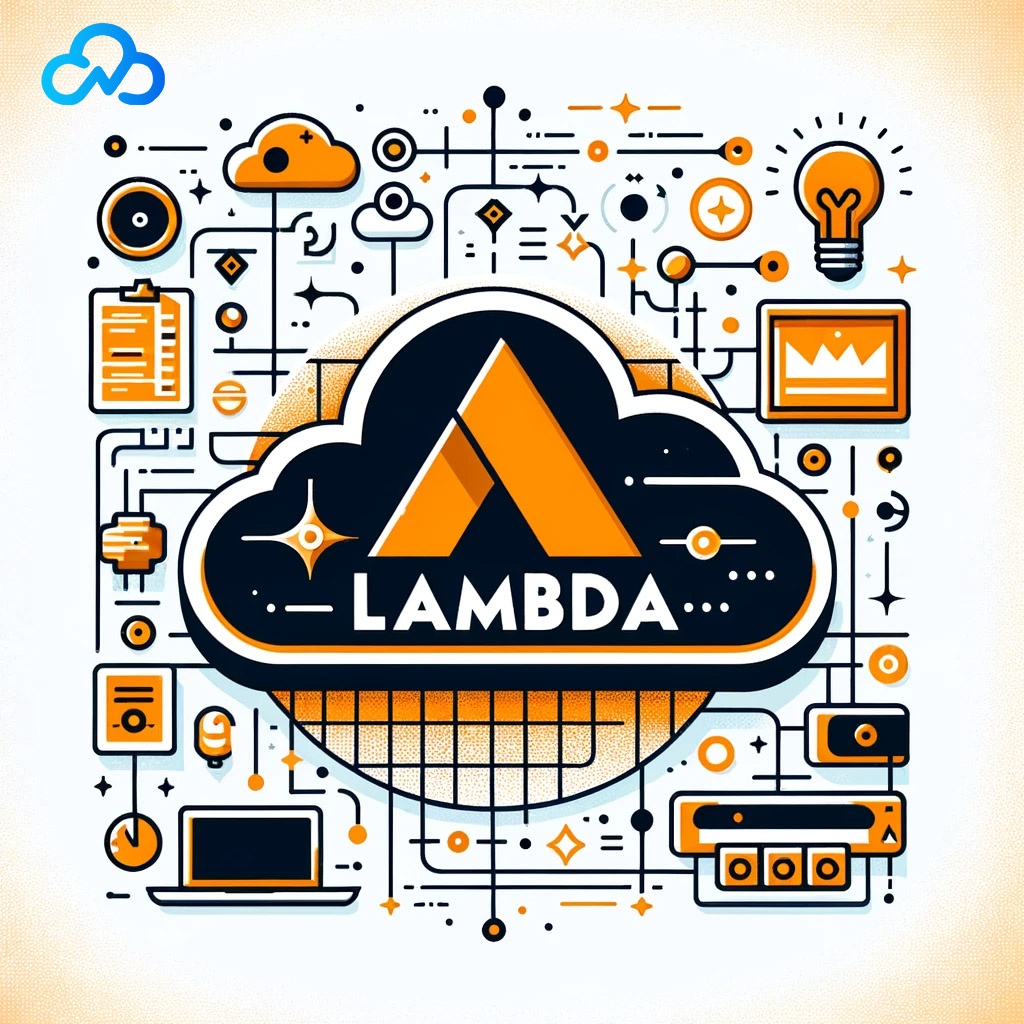AWS Lambda graviton is a serverless compute service that runs your code in response to events and automatically manages the underlying compute resources for you. This article will explore the capabilities, use cases, and best practices for AWS Lambda, incorporating relevant examples and code snippets.
Understanding AWS Lambda graviton
AWS Lambda allows you to run code without provisioning or managing servers. You can run code for virtually any type of application or backend service with zero administration. Lambda automatically scales your application by running code in response to each trigger.
Key Features of AWS Lambda
Automatic Scaling: Lambda functions automatically scale with the number of triggers.
Cost-Effective: You only pay for the compute time you consume.
Event-Driven: Integrates with AWS services seamlessly to respond to events.
Setting Up a Lambda Function
1. Create a Function: In the AWS Management Console, select Lambda and create a new function.
2. Configure Triggers: Choose triggers like HTTP requests via Amazon API Gateway or file uploads to S3.
3. Upload Your Code: Write your function code in languages like Python, Node.js, Java, or Go.
Example of a simple Lambda function in Python:
import json
def lambda_handler(event, context):
print(“Received event: “ + json.dumps(event, indent=2))
return {
‘statusCode’: 200,
‘body’: json.dumps(‘Hello from Lambda!’)
}
Deployment and Execution
Deploy your code by uploading it directly in the AWS Console or through AWS CLI.
Lambda functions are stateless; they can quickly scale and process individual triggers independently.
Integrating AWS Lambda with Other Services
Lambda can be integrated with services like Amazon S3, DynamoDB, Kinesis, and API Gateway. This integration allows for a wide range of applications like data processing, real-time file processing, and serverless web applications.
Monitoring and Debugging
AWS Lambda integrates with CloudWatch for logging and monitoring. Use CloudWatch metrics to monitor the invocation, duration, and performance of your functions.
Best Practices for Using AWS Lambda
Optimize Execution Time: Keep your Lambda functions lean to reduce execution time.
Error Handling: Implement robust error handling within your Lambda functions.
Security: Use IAM roles and VPC to secure your Lambda functions.
Version Control: Manage different versions and aliases of your Lambda functions for better control.
Use Cases for AWS Lambda
Web Applications: Build serverless web applications by integrating with Amazon API Gateway.
Data Processing: Real-time processing of data streams or batch files.
Automation: Automate AWS services and resources management.
Performance Tuning and Limitations
Be aware of the execution limits like execution timeout and memory allocation.
Optimize your code for cold start performance.
Cost Management
Monitor and manage the number of invocations and execution duration to control costs.
Utilize AWS Lambda’s pricing calculator to estimate costs.
Conclusion
AWS Lambda graviton represents a paradigm shift in cloud computing, offering a highly scalable, event-driven platform that is both powerful and cost-effective. By understanding and implementing best practices for Lambda and incorporating ECS agents, developers can build highly responsive, efficient, and scalable applications without the overhead of managing servers. ECS agent enhance this infrastructure by enabling the seamless deployment and management of Docker containers, offering a flexible and efficient approach to application development and deployment. With Lambda and ECS agents working together, developers can leverage the benefits of serverless computing while ensuring optimal performance and resource utilization in containerized environments.


No comments yet